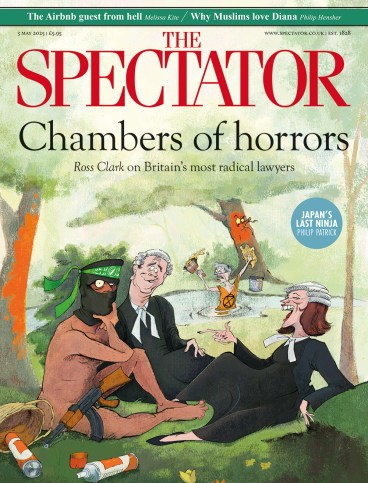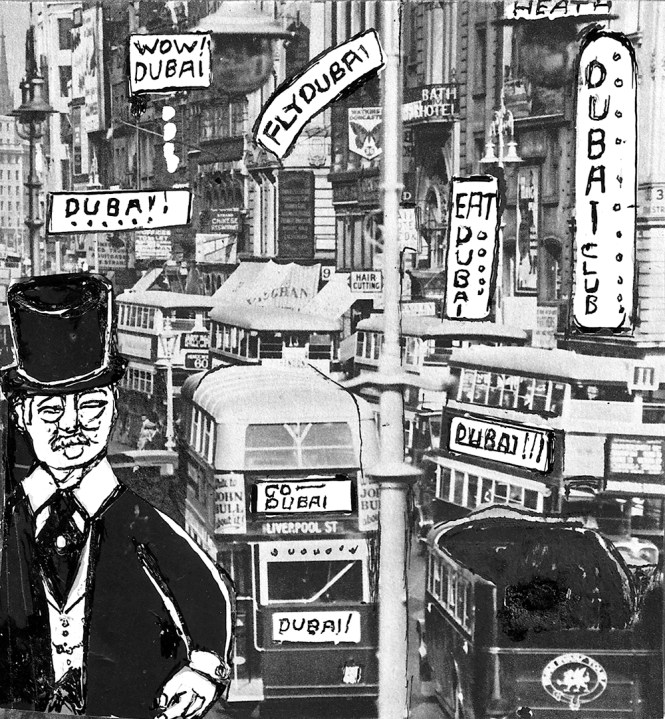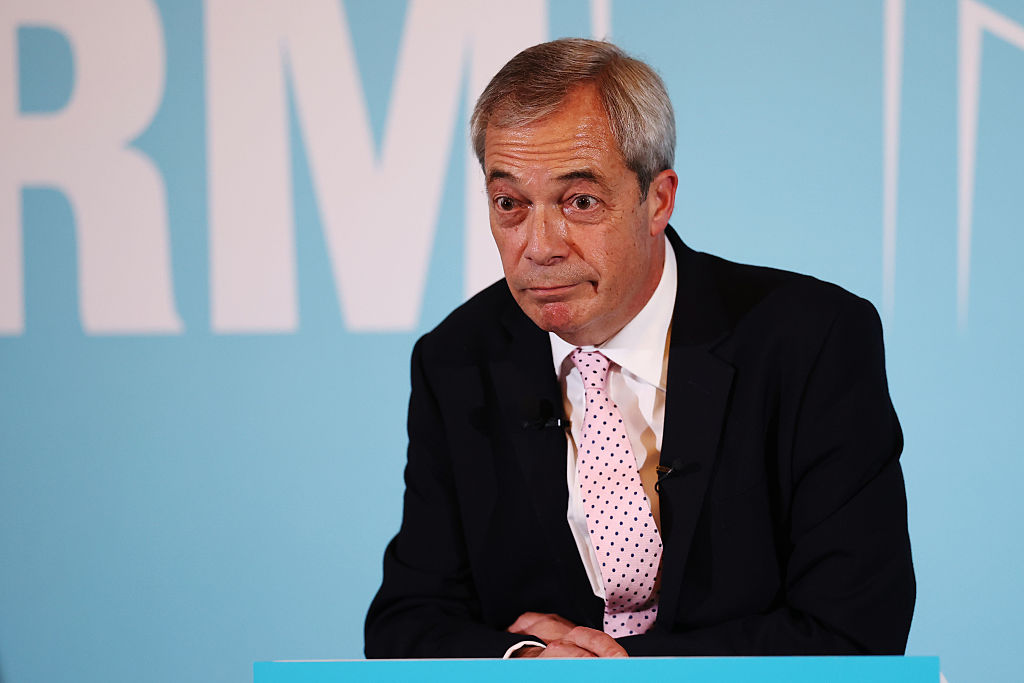
In December 2023, a TikTok influencer called Maria Vehera opened a packet of ‘Dubai chocolate’ in her car and filmed herself eating it. Since then, 124.6 million people have watched her swallowing this pistachio-based gloop.
Oh Maria, what have you done? A butterfly flaps its wings – or an influencer eats some chocolate – and soon people are setting their alarms for 5 a.m. to queue outside Lidl for the ‘drop’ of LIDL’S OWN DUBAI CHOCOLATE.
Guess what? M&S made one too (£8.50). Morrisons then had the bright idea of creating a pistachio cream Easter egg. Waitrose’s Dubai chocolate was so popular it had to ration it to two bars per person. Knock-off brands now feature at the counter of almost every news-agent in London. In St James’s Park Tube station, I bought Bolci’s ‘Kadayif Chocolate with Pistachio’ for £7.50. It was cloying and made me thirsty. I looked at the ingredients. Ah, yes: sunflower lecithin and polyglycerol polyricinoleate. Just like Mama used to make it.
The cliché has it that when America sneezes, Britain catches a cold. London wanted to be New York, Canary Wharf tried to ape Wall Street, and Sloane Rangers started wearing Ralph Lauren. But what if the cold is now travelling east to west, from Dubai to Britain? Scores of young Brits are moving to Dubai. But, more unexpectedly, Dubai’s culture is coming back at us. The chocolate is just the latest symptom. Today’s young look at America and see – pick your disaster – chaos, economic meltdown, fascism, racism, mass deportation. Then they look at Dubai and see… oooh, pistachio!
This is misguided, of course. Dubai is no Eden. But it certainly seems pleasant if you get the Instagram feed of Dubai-based influencers like @Huda (4.7 million followers), or the Crown Prince’s account @Faz3 (17 million followers). The images they post exercise an enormous influence over their young western followers.
From its gloopy chocolate to its soulless towers, Dubai is exerting an increasing influence over our capital
If there is some anxiety about the Dubai-ification of London, this anxiety is not about Arabic culture in the city; it is not a rejection of the existence of the Edgware Road. London’s Middle Eastern population goes back a long way. Specificially, this is about the quasi-western, quasi-Arab consumerist culture of Dubai that has taken over areas of the capital in the past decade.
Westfield is partly to blame. It opened in Shepherd’s Bush in 2008 and, though it was touted as the UK’s first supersize American ‘mall’, it felt more like a simulacrum of Dubai, with Prada, Gucci and Louis Vuitton lining the entrance. Westfield was briefly all the rage. During the London riots in 2011, the then Labour councillor Wes Streeting said (in a since deleted tweet) that he would defend Westfield (‘#lovewestfield’). But now the shopping centre is widely regarded as a bit naff.
A report in the Times found that London was the biggest overseas city for Gulf property investment last year, with a third of ultra-rich individuals from the region having invested here in 2024. A knock-on effect is that developers seem to be treating London as if it were Dubai, a city constructed 70 years ago from nothingness in a desert. But that curated glitzy aesthetic jars with this most pleasingly chaotic city.
The City of London’s tall buildings were once modest and architecturally beautiful, such as Norman Foster’s Gherkin. Then came the Walkie Talkie and – across the river – the Shard: huge, vulgar glass towers offering very little civic function. The Outernet building next to Tottenham Court Road is undoubtedly Dubai-inspired. Taller and more pointless buildings are on their way across London: Eric Parry’s 1 Undershaft will be almost as high as the Shard.
I spent an afternoon in Knightsbridge to observe London’s Dubai-ification. A family sat eating whipped cream and strawberries outside the L’ETO café opposite Harrods (L’ETO’s website promises a ‘mouth-watering array of Instagrammable breakfasts, lunch and dinners’). An accordion player sung in Arabic, and a man revved his McLaren.
Then the Arsenal player Kai Havertz walked past, followed by various personal attendants pushing a trolley full of Harrods clobber. Sadly, they stopped me from asking him if he thinks London is becoming more like Dubai (where, incidentally, he picked up a season-ending injury in a training camp a few months ago). Around the corner, the Nusr-Et steakhouse, run by the chef Salt Bae (greatly revered in Dubai), charges £1,450 for a steak covered in gold leaf.
I spoke to a young Saudi couple. They’d been to Dubai a couple of times and enjoyed it, and didn’t seem too worried about London becoming like there. They pointed up at the old Edwardian building of Harrods. ‘There are still old buildings,’ the man said, as he ate a cake. ‘I like the mix.’
At the Prada café, where a regular gelato is £11, I met a British/Eastern European couple who go on holiday regularly to Dubai. They live in Stratford and said they wished London was much more like Dubai, mostly for the weather. But they didn’t want London to get swallowed up. They come to Knightsbridge for the Georgian and Edwardian buildings, they told me, rather than for expensive ice cream.
Perhaps we should listen to them. Dubai is exerting more of a cultural influence over our capital. But the people I spoke to love London because of the things you can’t find in Dubai. And because, despite its streaks of self-loathing, London is real. And there’s a lot about Dubai that doesn’t feel it.









Comments